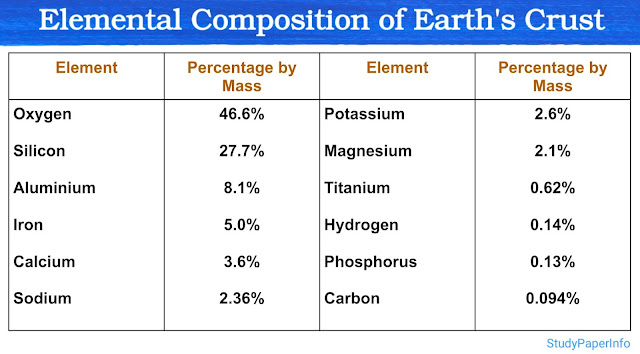What is the correct order of muscle contraction from beginning to end?
Muscle contraction is a fundamental biological process responsible for generating force, enabling movement, and supporting various physiological functions like breathing, blood circulation and voluntary movements. This process involves the interaction of actin and myosin filaments, which slide past each other to shorten muscle fibers. This mechanism is explained through the sliding filament theory, which describes how actin (thin) and myosin (thick) filaments work together within the sarcomere to produce contraction.
The contraction is initiated by an electrical signal from the nervous system and follows a series of steps that ultimately lead to muscle shortening and force generation. These steps encompass the interaction of actin and myosin, regulated by calcium ions, which trigger the sliding of the filaments and cause the muscle to contract.
The process of muscle contraction involves following key steps:
- Nerve Impulse and Acetylcholine Release at Neuromuscular Junction
- Action Potential Propagation Through Sarcolemma and T-Tubules
- Calcium Release from Sarcoplasmic Reticulum
- Calcium Binding to Troponin and Exposure of Actin Binding Sites
- Cross-Bridge Formation Between Myosin and Actin
- Power Stroke and Sliding of Filaments
- ATP Binding and Cross-Bridge Detachment
- ATP Hydrolysis and Reactivation of Myosin Head
1. Nerve Impulse and Acetylcholine Release at Neuromuscular Junction
Muscle contraction begins when a motor neuron sends an electrical signal (nerve impulse) to the muscle fiber. At the neuromuscular junction, this impulse causes the release of a neurotransmitter called acetylcholine (ACh) into the synaptic cleft. ACh binds to receptors on the sarcolemma (muscle cell membrane), triggering the next step.
2. Action Potential Propagation Through Sarcolemma and T-Tubules
Binding of ACh to its receptor causes depolarization of the sarcolemma, generating an action potential. This electrical signal quickly spreads along the sarcolemma and deep into the muscle fiber through the T-tubules (transverse tubules). This ensures that the signal reaches all parts of the muscle fiber simultaneously.
3. Calcium Release from Sarcoplasmic Reticulum
As the action potential travels through the T-tubules, it stimulates the sarcoplasmic reticulum (SR) to release calcium ions (Ca²⁺). The SR is a special organelle that stores calcium, which is essential for muscle contraction. The calcium ions are released into the cytosol of the muscle fiber.
4. Calcium Binding to Troponin and Exposure of Actin Binding Sites
The released Ca²⁺ ions bind to a protein called troponin, which is present on the thin filament (actin). This causes a conformational change in the troponin-tropomyosin complex, which moves tropomyosin away from the myosin-binding sites on actin filaments. These exposed sites are now ready for interaction with myosin heads.
5. Cross-Bridge Formation Between Myosin and Actin
Once the actin binding sites are exposed, the myosin heads from thick filaments (which are already energized by ATP hydrolysis) attach to them. This physical connection between actin and myosin is known as a cross-bridge. This is a key moment where the mechanical part of contraction is initiated.
6. Power Stroke and Sliding of Filaments
After cross-bridge formation, the myosin head pivots, pulling the actin filament toward the center of the sarcomere. This movement is called the power stroke. As a result, the thin filaments slide over the thick filaments, shortening the sarcomere and generating muscle contraction. The ADP and Pi are released during this process.
7. ATP Binding and Cross-Bridge Detachment
To detach the myosin head from actin, a new ATP molecule must bind to the myosin head. This binding causes the cross-bridge to break, allowing the myosin head to release the actin filament. Without ATP, the myosin would remain stuck to actin, as seen in rigor mortis after death.
8. ATP Hydrolysis and Reactivation of Myosin Head
The ATP bound to the myosin head is now hydrolyzed to ADP and Pi. This reaction re-energizes the myosin head and returns it to its original high-energy position. If calcium is still present, the cycle repeats, leading to continuous contraction. When calcium is removed and ACh is broken down, the muscle relaxes.



Comments
Post a Comment